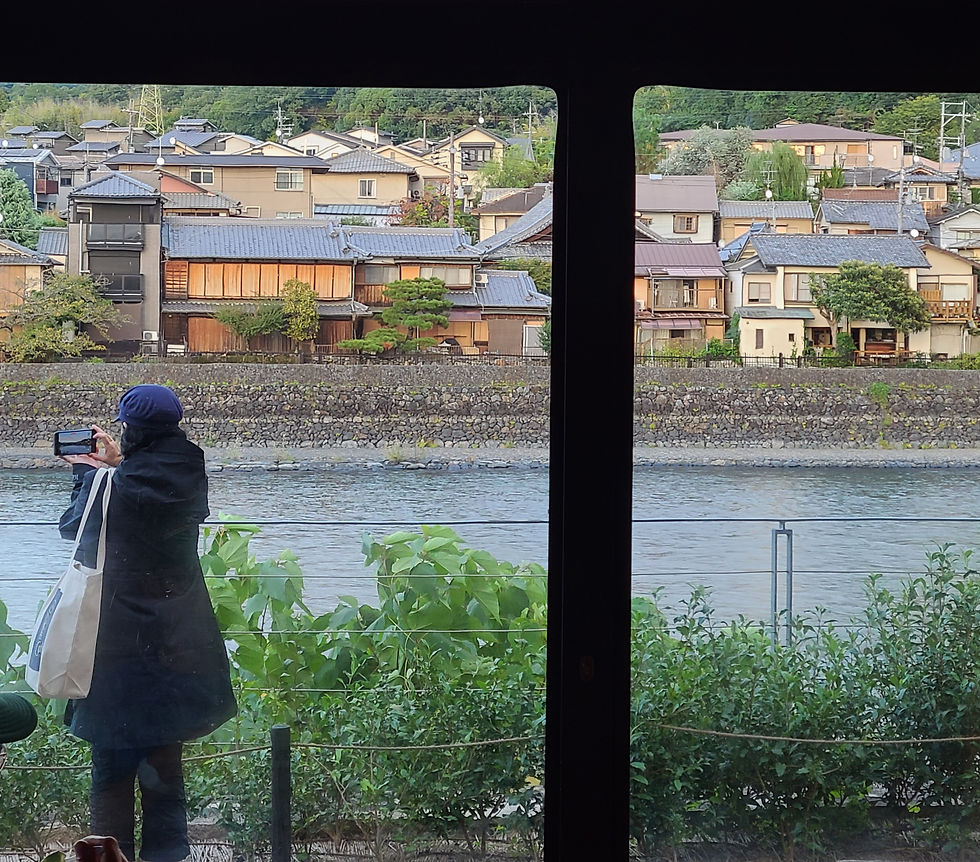From Love Notes to Lottery Tickets: The Strange Side of Valentine’s Day💘
- ML
- Feb 11
- 3 min read
Updated: Feb 12
Valentine’s Day. Some love it, some avoid it, and some just use it as an excuse to eat an entire box of chocolates without guilt. It’s a day wrapped in red, stuffed with sentimental cards, and occasionally responsible for overpriced prix fixe dinners. But beneath the roses and romance, this holiday has a much stranger past.
Before it became the Super Bowl of romance, Valentine’s Day had a much weirder history. Some of it sweet, some of it strange, and some of it downright petty. Forget candlelit dinners—this holiday has seen love lotteries, insult cards, and a marketing ploy so successful that we now consider chocolate a requirement for expressing human emotion.
Let’s dig in.

The Valentine’s Lottery: Medieval Matchmaking, No Swiping Required
Long before dating apps, people in medieval Europe had their own way of finding a Valentine—by pure luck. Many towns held Valentine’s lotteries where young men and women would draw names from a bowl, pairing them as temporary sweethearts. Sometimes this meant exchanging small gifts. Other times, it meant spending the next year pretending you were interested in the person fate assigned to you.
Sounds risky. But hey, it’s not much different from today’s blind dates, except with fewer dinner reservations and more arranged marriages.
In some cases, these pairings actually led to real relationships. In others, they resulted in some awkward social situations—kind of like when you agree to a second date just because you don’t know how to say no.
Vinegar Valentines: When Petty Was an Art Form
Not every Valentine’s tradition was about love. In the 1800s, some people celebrated the holiday by sending Vinegar Valentines—basically, the Victorian version of a “not interested” text, but with extra insult.
These cards weren’t sweet love notes. They were sarcastic, often mean, and brutally honest. Some were sent to reject unwanted admirers. Others were sent just because people enjoyed being shady.
A real example:
"To My Valentine—Roses are red, violets are blue, I’d rather be dead than go out with you."
Imagine going to the trouble of buying a stamp just to be that rude.
Today, Valentine’s cards lean more toward cute puns and heartfelt messages, but deep down, we all know someone who would thrive in the Vinegar Valentine era.
Chocolate: The Sweetest Marketing Scheme Ever
Chocolate and romance feel like a natural match, but that’s mostly because one man decided it should be. Enter Richard Cadbury.
In the 1800s, Cadbury saw an opportunity. His family’s chocolate company was already doing well, but he figured out a way to make it better—by selling chocolates in fancy, heart-shaped boxes. People ate it up (literally), and just like that, a tradition was born.
Before Cadbury, chocolate was already associated with love. The Aztecs considered it an aphrodisiac, drinking spiced cacao as a way to boost passion. But Cadbury turned it into a full-blown Valentine’s Day staple, and now, centuries later, we all accept that February = chocolate without questioning it.
Cupid’s Arrow Misses, But the Holiday Stays
For a holiday rooted in random pairings, sarcastic rejection cards, and strategic chocolate sales, Valentine’s Day has done a pretty good job of surviving. It’s evolved from matchmaking rituals into an entire industry—one built on love, expectation, and heart-shaped everything.
For all its commercialism, Valentine’s Day is still what you make of it. Maybe it’s a grand romantic gesture. It’s an excuse to tell people you love them, celebrate friendships, or just buy yourself a ridiculous amount of chocolate without judgment. Or maybe it’s just a really good day to buy yourself something nice—because, the best Valentine is sometimes you.
And if history tells us anything, it’s that Valentine’s Day has always been more than just romance. It’s about luck, humor, and at least one solid excuse to eat dessert first. And honestly? That part is worth celebrating.
❤️🎁💘



Comments